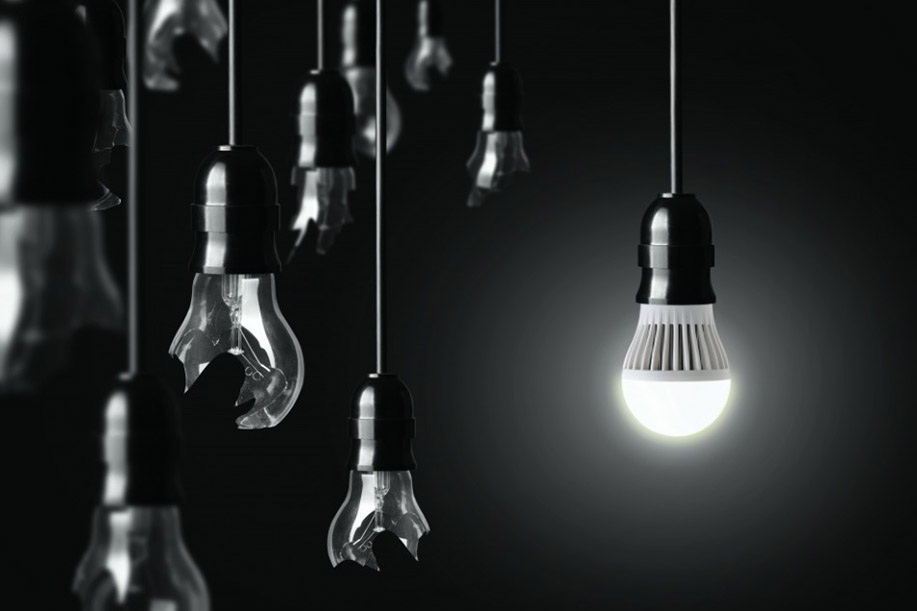Recently, more and more people have been using LED lights. In fact, it is now very common to find LED lighting systems. According to the common opinion, lighting systems structured with this techno

logy are more efficient than conventional systems and consume less energy. But at this point, the question arises: is it really worthwhile to convert to the use of LED lighting solutions? In order to answer this question fully, it is important to carry out a thorough analysis of LED systems in order to fully understand any advantages that may exist.
LED lighting: what are the advantages?
First of all, you should consider what can be considered as the advantages of LED lighting systems. In order to make a correct analysis, it is best to make a list of the available advantages, correlating them with the other technologies available on the market.
– Energy saving: the first advantage is undoubtedly the energy saving of lamps or LED bulbs. The latter, in fact, if compared with traditional lamps featuring the same power with traditional lamps, are equally efficient. Of course, energy consumption is reduced. This automatically translates into savings on the energy bill as well. So, if you want to save money today, LED lighting seems to be the recommended lighting solution for everyone.
– Reduced heat consumption: Unlike incandescent or fluorescent bulbs, LED lamps can remain cool for a long time after use. This is because they only use part of the energy released to be transformed into heat. This advantage makes it possible to use the bulbs safely, increasing their protection when they need to be handled with care.
– Longevity and resistance: the longevity of LED lamps has been proven. It is not by coincidence that some company or commercial systems rely on this particular lighting system. It is estimated that on average a LED lamp with white light can last up to 50,000 hours. In addition, these lamps are exceptionally durable and rarely break due to internal problems. Thanks to the LED diodes, the lamps that implement this technology then, are able to be more robust and overcome phenomena such as heat and weather conditions.
– Immediate ignition system: unlike other lamps that use incandescent technology, LED lamps are able to switch on instantly when cold. They can do this up to a temperature of -40°C degrees.
– The possibility of mixing different colours: LED lamps are available in various colours. The efficiency of the light that can reproduce these lamps is incredible. No other lighting technology can achieve such a result when it comes to natural colour saturation, i.e. not altered by external machinery. It is not by coincidence that, thanks to this aspect, LED lamps are also used in indoor growing contexts, to grow different plants in the right light.
– LED lamps do not emit any UV light: LED lamps do not emit any UV light. As well as being healthy for your body, this also keeps insects away, especially in summer.
The disadvantages of LED lighting systems
As you may have noticed, LED lighting systems have many advantages. On the contrary, one could almost say that this system is perfect, without any issues. As a famous saying goes, however, all that is gold does not glitter. For the sake of objectivity, therefore, it is also necessary to analyse what are the disadvantages of LED lighting. Firstly, lamps and LED lighting systems, in general, are more expensive than a conventional system. This is because, as we have also seen from the advantages highlighted before, the LED lamps and all the components of any lighting system are of high quality, made with care and attention. In addition, LEDs are not appropriate for systems that require a large number of lamps and large power supplies. Under these conditions, the lamps tend to overheat too much. Finally, a small disadvantage is that blue LEDs have to be considered. Blue LEDs have a high-power output and can cause damage to those who may suffer from particular eye diseases.
For whom are LEDs recommended?
Answering this question could be very simple: to everyone. However, to be more specific, it is good to say that LEDs are recommended for those who need to use them at home and in their house. LEDs can also be used in environments such as offices or indoors. However, they are not recommended for those who need large lamps. Therefore, it is advisable not to use LED lighting systems if you manage sports fields, supermarkets or large areas.
